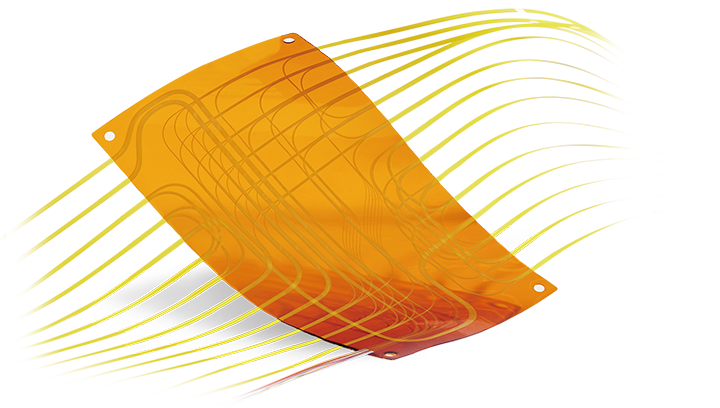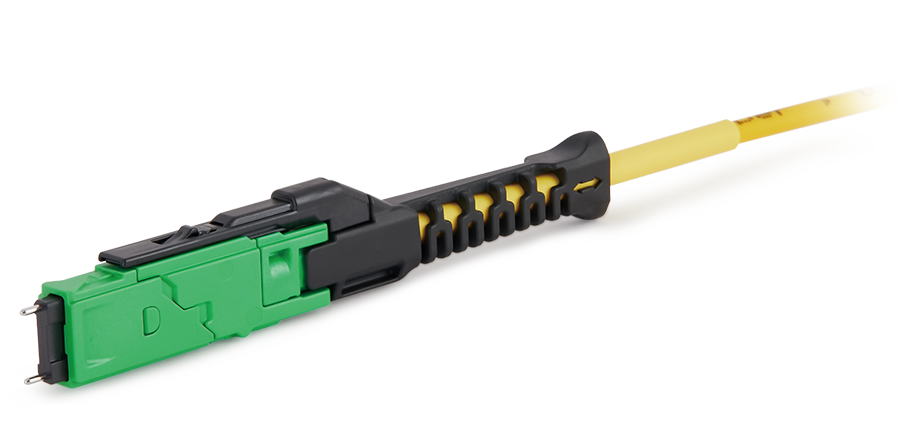The rapid development of science and technology makes people's lives change with each passing day. With the continuous advancement of applications such as 5G, big data, blockchain, cloud computing, Internet of Things, and artificial intelligence, data flow has increased unprecedentedly, and data center interconnection has become a research hotspot in optical communications.
The current high-speed optical transceiver application scenarios are mainly Internet data center networks, metropolitan area network optical transmission networks, and telecommunication networks represented by 5G bearer networks.
Ⅰ. The application of optical transceivers in data centers
The current data center is no longer just one or a few computer rooms, but a group of data center clusters. In order to realize the normal operation of various Internet services and application markets, coordinated operation between data centers is required. The real-time mass exchange of information between data centers has created the demand for data center interconnection networks, and optical fiber communication has become a necessary means to achieve interconnection.
Different from traditional transmission equipment that connected to telecommunication networks, the interconnection of data centers requires equipment of higher speed, lower power consumption, and smaller size in order to achieve larger and denser transmission of information. The optical transceiver is a core factor that determines whether these performances can be achieved. The information network mainly uses optical fiber as the transmission medium, but the calculation and analysis must be based on electrical signals at present, and the optical transceiver is the core to realize the photoelectric conversion.
Ⅱ. Data center communication optical transceivers can be divided into three categories according to different connection types
(1) From data centers to users, it is generated by end-user behaviors such as accessing the cloud to browse webpages, send and receive emails, and video streams;
(2) Data center interconnection is mainly used for data replication, software and system upgrades;
(3) It is mainly used for information storage, generation and mining inside the data center.
According to forecasts, data center internal communications account for more than 70% of data center communications. The great development of data center construction has given birth to the development of high-speed optical transceivers.
1. Data flow continues to grow, and the trend of large-scale and flat data centers promotes the development of optical transceivers in two aspects:
(1) The increasing demand for transmission rate; (2) The increasing demand for quantity.
The large-scale trend of data centers has led to an increase in transmission distance. The transmission distance of multimode optical fiber is limited by the increase in signal rate, and it is expected to be gradually replaced by single-mode optical fiber. The cost of an optical fiber link consists of two parts: an optical transceiver and an optical fiber, and there are different applicable solutions for different distances.
2. In terms of medium and long-distance interconnection required for data center communication, there are two revolutionary solutions born from MSA:
(1) PSM4 (Parallel Single Mode 4 lanes);
(2) CWDM4 (Coarse Wavelength Division Multiplexer 4 lanes).
Among them, PSM4 fiber usage is 4 times that of CWDM4. When the link distance is longer, the cost of the CWDM4 solution is relatively low.
3. The application of optical transceivers in China's data centers.
The interconnection of internal switches in US data centers is dominated by single-mode optical fiber. In the 100G era, CWDM4/PSM4 optical transceivers are widely used, and in the 400G era, DR4 is currently the dominant; the interconnection between servers and switches mostly uses cable DAC. With the passage of time and the increase of module rate, the proportion of multi-mode fiber and direct-connect cable DAC in the internal interconnection scheme of US data centers will become lower and lower.
The interconnection of internal switches in China's data centers is dominated by multi-mode fiber, and the proportion of single-mode fiber is gradually increasing. At present, there is little demand for 400G in China. In the 100G era, SR4/CWDM4 modules are used, and most of the interconnections between servers and switches use AOC active optical cables.

 Fiber Optic Flex Circuit (FOFC)
Advanced Simulation & Optimization, High Positioning Accuracy, Flexible Customization, Rigorous Reliability Testing
Fiber Optic Flex Circuit (FOFC)
Advanced Simulation & Optimization, High Positioning Accuracy, Flexible Customization, Rigorous Reliability Testing MDC Solution
US Conec's MDC connector is a Very Small Form Factor (VSFF) duplex optical connector, expertly designed for terminating single-mode and multimode fiber cables with diameters up to 2.0mm.
MDC Solution
US Conec's MDC connector is a Very Small Form Factor (VSFF) duplex optical connector, expertly designed for terminating single-mode and multimode fiber cables with diameters up to 2.0mm. MMC Solution
US Conec's Very Small Form Factor (VSFF) multi-fiber optical connector that redefines high-density connectivity with its cutting-edge TMT ferrule technology and intuitive Direct-Conec™ push-pull boot design.
MMC Solution
US Conec's Very Small Form Factor (VSFF) multi-fiber optical connector that redefines high-density connectivity with its cutting-edge TMT ferrule technology and intuitive Direct-Conec™ push-pull boot design. EN
EN
 jp
jp  fr
fr  es
es  it
it  ru
ru  pt
pt  ar
ar  el
el  nl
nl 



_and_High-Reflection_(HR)_Optical_Coatings.webp)
